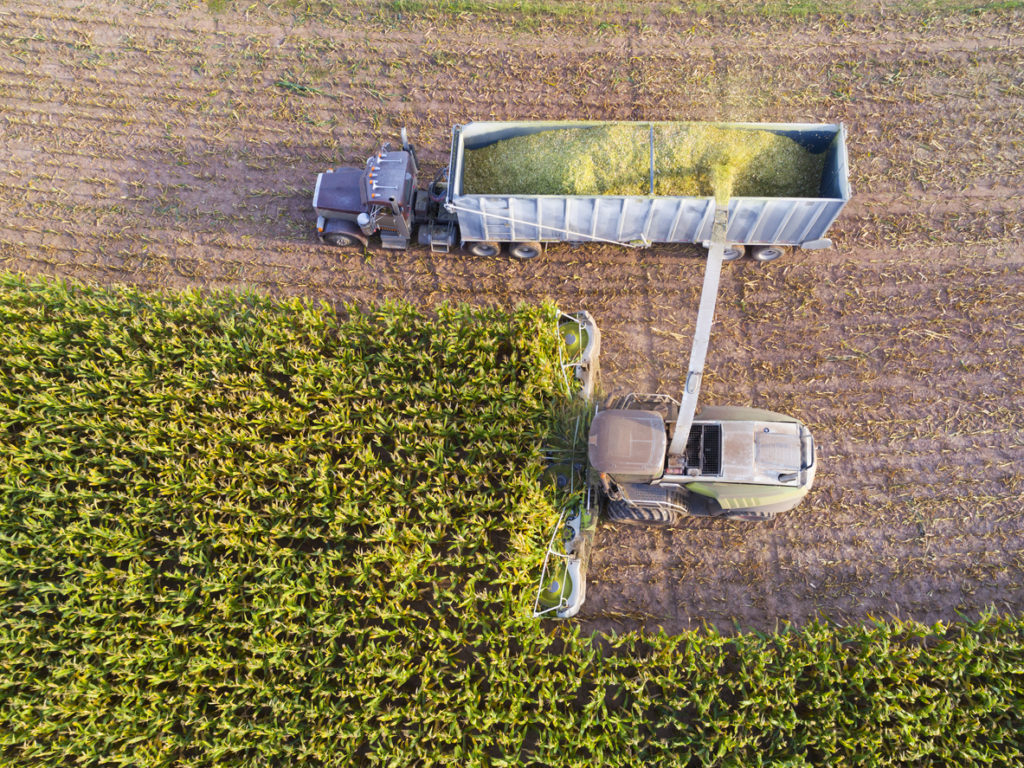INTRODUCTION
Sugarcane in Brazil is a highly versatile crop and an important part of Brazil’s economy. Sugar is Brazil’s fourth largest export with $8.1 billion of proceeds (4.4% of total exports), and sugarcane is the number one source of renewable energy in Brazil, supplying almost 17 percent of the country’s total energy consumption. This paper will discuss sugarcane’s key components: sugar, ethanol, and energy production, and the market forces and government policies that shape their present as well as their future.
- Sugar has been a leading activity for Brazil and an important export of Brazil since the country’s founding. The Portuguese first planted sugarcane in Brazil during the 1530s. Since then, sugar has been an integral part of Brazil’s social, political and economic history. Brazil is now the world’s leading sugar producer and exporter, accounting for approximately 20 percent of global production and more than 40 percent of world exports. Approximately two-thirds of the sugar produced in Brazil is exported with the rest consumed domestically.
- Ethanol now accounts for almost 40% of light vehicle fuel needs in Brazil. All gasoline sold in Brazil includes a blend of 18 to 27.5 percent ethanol. 90 percent of new cars sold today in Brazil are flex fuel due to consumer demand, and these vehicles now make up about 70% of the country’s entire light vehicle fleet. As a result, Brazilian consumers have a choice, between sugarcane ethanol and gasoline every time they fill up. This choice can play an important role in determining the supply of sugar (and its price in world markets).
- Surplus electricity is generated by ethanol mills, which is sold to distribution companies. For centuries, sugarcane fields around the world have been burned to eliminate the straw, making it easier for workers to cut the cane by hand. Doing so wasted one-third of the plant’s energy. Mechanized harvesting eliminates the need for burning, so sugarcane straw can be preserved and its energy harnessed. In 2015, sugarcane mills supplied more than 20,000 GWh, or 4 percent of Brazil’s electricity requirements. Experts estimate that sugarcane bioelectricity could reach 177,018 GWh by 2023, enough to cover 23 percent of Brazil’s electricity needs, or enough to power an entire country the size of Sweden or Mexico.
By Lucca Suassuna de Carvalho
Download full article here

